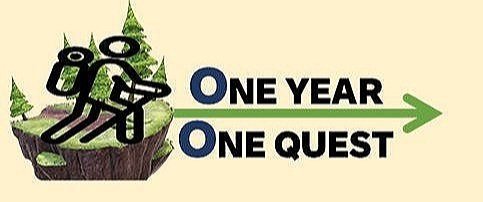October 24
Ferdinand Magellan landed on this volcano-created island in 1521. Spain colonized the outcropping in 1668. War with the United States in 1898 resulted in a change of ownership. Today the island operates like any mainland USA city. All the modern conveniences are available, including one excellent airport. The big chain-box hotel companies are present, most of the high-price ones being down in the Tumon Beach area. The literature I have read put Tumon Beach at the top of beach list for the island. With large Air Force and Navy bases, this territory will continue to be as modern as one could want.
An interesting observation is that Guam has more gasoline stations that you can count. Yes, there are plenty of cars supporting roughly 175,000 residents, but the island is only 30 or so miles North-to-South and 12 miles at its widest. A tank of gas should last a good long time. Helps offset the $5.29/gallon price. Heh, that is even less than California and Washington. Go figure.
Route 1 is the main route from north to south, on the west side of the island, which is where most of the commercialization has put down roots. Makes sense since the variety of calm bays where folks can relax, snorkel, and enjoy the sun are on the west side. Route 1 heads straight south from the airport to War in the Pacific National Historical Park. The Asan Beach unit is the northern most portion of the park, followed by the VC (by the entrance to the Naval Base), then the Agat Bay section… all on Route 1. A bit off this road is the Piti Guns Unit and the Fonte Plateau Unit. I will see those tomorrow.
The park not only covers land, it encompasses the reefs and waters off Asan Beach and Agat Beach. Be sure to bring your swimsuit and snorkeling gear. And if you will be wearing sunscreen, please use the type which is approved for Hawaii or the Virgin Islands. I brought along my Hawaii-approved brand (Sun Bum).
July 21, 1944 is the day which made this island part of WW2 lore. This is when Operation Stevedore landed 3rd Marine Division, 77th Army Infantry, and 1st Marine Brigade personnel on the west side of the island. By nightfall U.S. forces were already one-mile inland. Resistance was declared ended on August 10. Around 1,800 servicemen lost their lives during this battle, known as the retaking of Guam (Japan had invaded the island two days after Pearl Harbor in 1941). But with Guam, Tinian, and Saipan (smaller islands to the north) under American control, the bombing of Japan could commence with B-29 Superfortresses, including the dropping of the two infamous A-bombs. I had the honor of meeting Col. Tibbets in Akron many years ago, the pilot of the Enola Gay, which flew the first A-bomb mission against the city of Hiroshima. The taking of these islands followed by those two B-29 flights hastened the end of the war, such that millions would not have to suffer from a U.S. invasion of the Japanese homeland.
